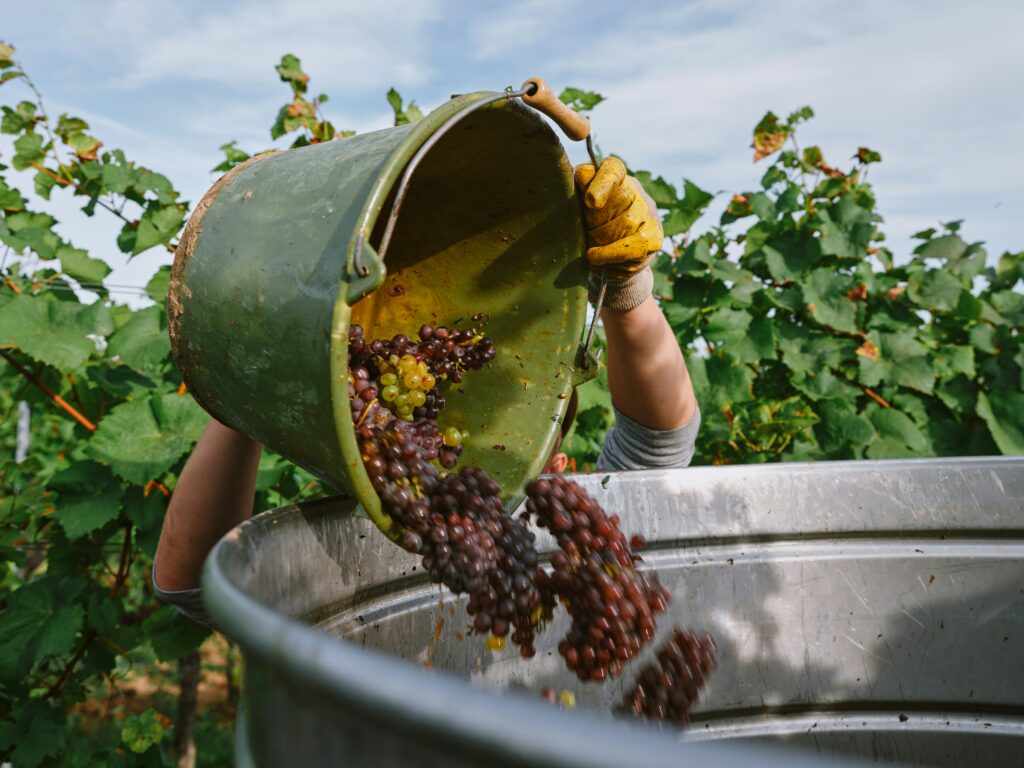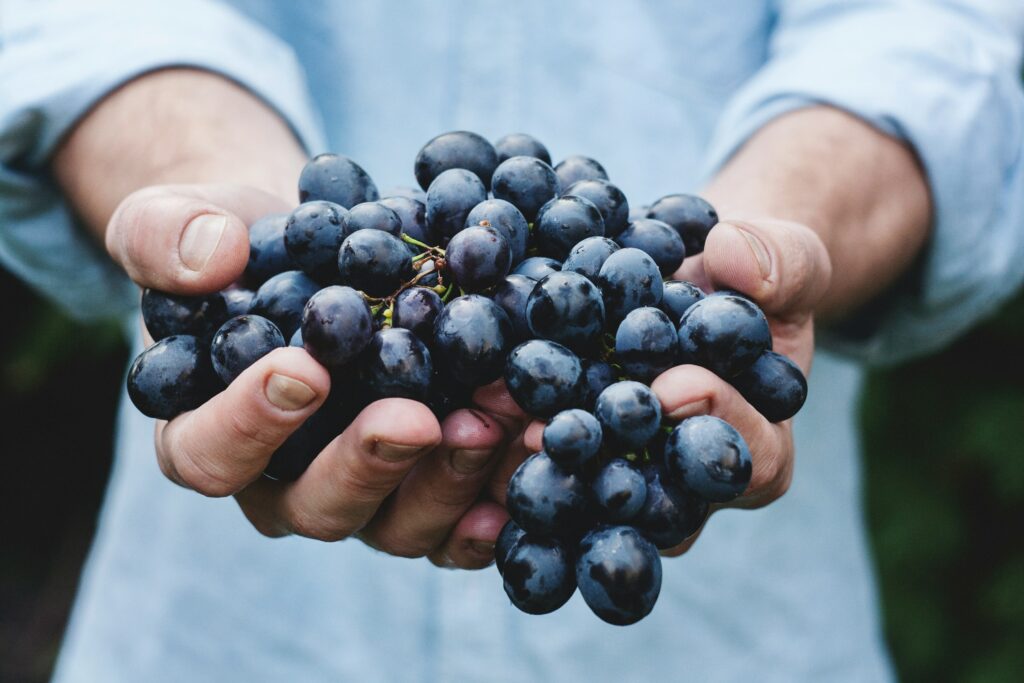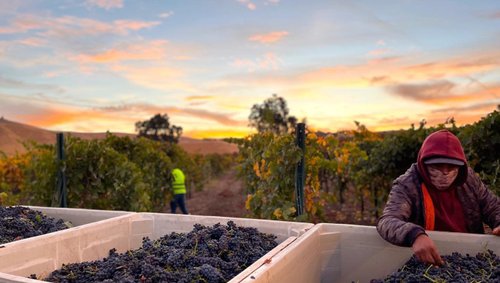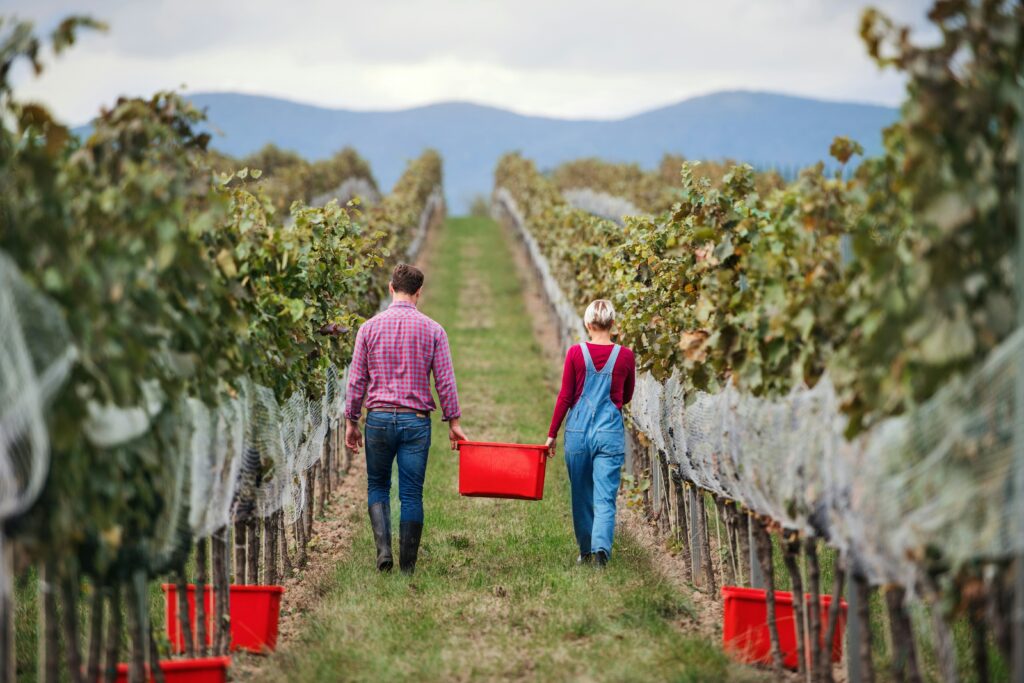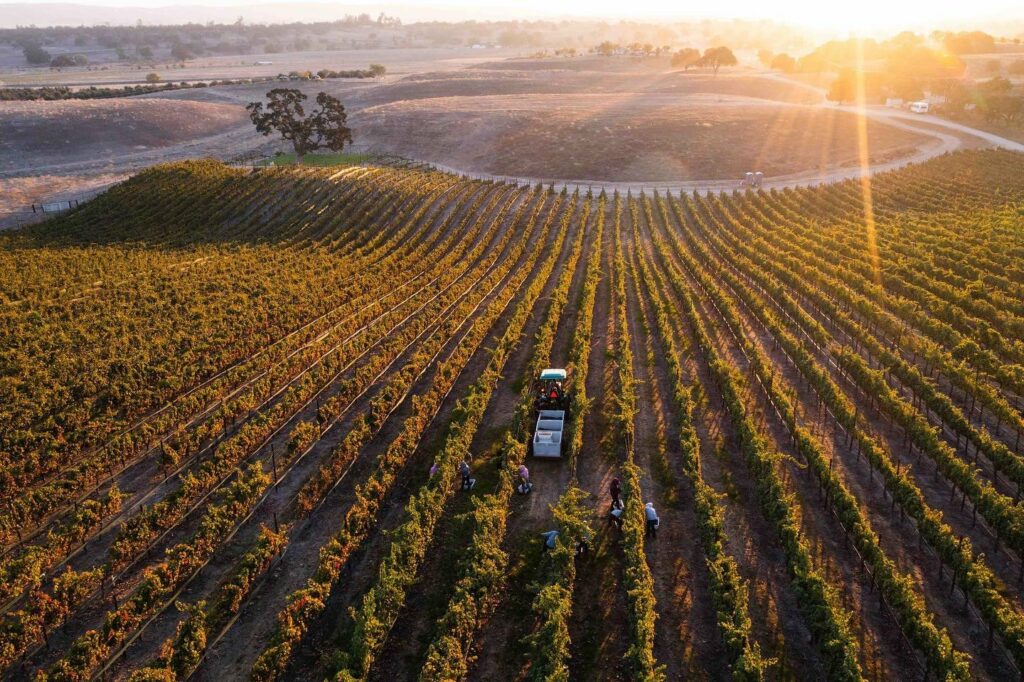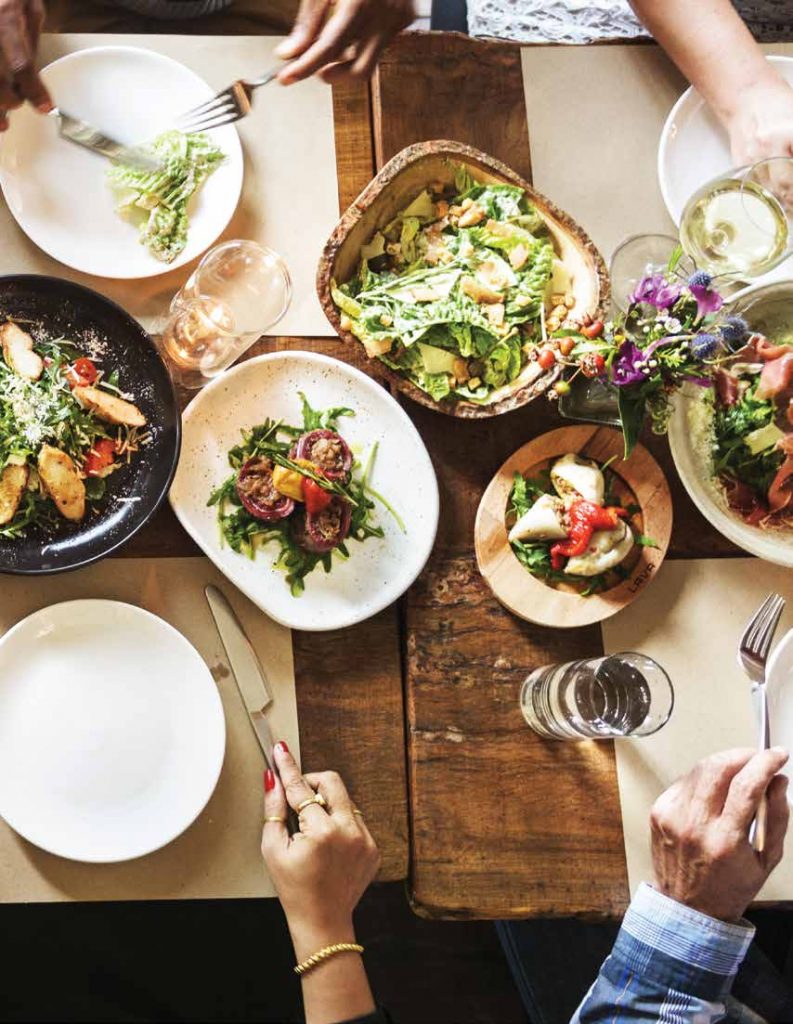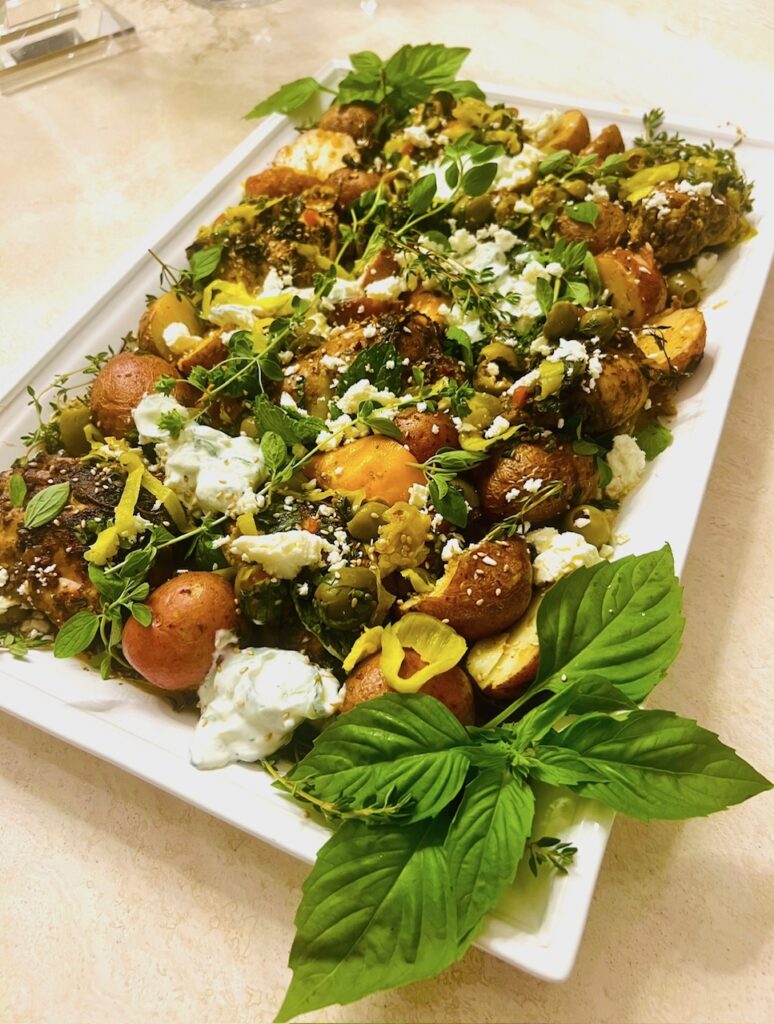Harvest in California Wine Country
Fall in California wine country is one of the most enchanting times of the year, when the landscape undergoes a dramatic transformation. The once lush, green vineyards of summer are set ablaze with vibrant hues of orange, yellow, and red. As the air cools and the days shorten, the region comes alive, bustling with activity in vineyards, wineries, and restaurants. This is the culmination of a year’s worth of hard work, where the grapes are finally harvested, and the winemaking process truly begins.
Harvest time, which typically spans from late August through early November, is the most critical period in the winemaking calendar. Vineyard crews work tirelessly, often from dawn until dusk, meticulously picking the grapes at their peak ripeness. The harvest is a delicate dance, combining science, art, and intuition. The decision of when to pick the grapes is not taken lightly, as it is pivotal in determining the character of the wine. Winemakers consider the style they aim to achieve, the specific grape variety, and a host of other factors that influence how the grapes will evolve into the finished wine.
In the vineyards, the atmosphere is electric as the fruits of the vine are carefully gathered. The excitement then shifts to the crush pads, where the grapes are processed. As the grapes are sorted, crushed, and pressed, the scents of fresh juice and fermenting wine fill the air, a sensory signal that the winemaking journey is well underway. White wines are generally pressed immediately before fermentation begins, while red varieties spend some time fermenting on their skins. This step is essential for developing the color, tannins, and depth of flavor that are characteristic of red wines.
As the primary fermentation progresses, yeast converts the sugars in the grape juice into alcohol and carbon dioxide. This phase is both a precise science and a magical transformation, as the raw fruit is alchemized into the beginnings of wine. Once the initial fermentation is complete, the wine is transferred into vessels that will shape its final character. Traditional oak barrels are favored for their ability to impart subtle flavors and textures, but modern winemakers also employ stainless steel, concrete, and even amphorae to achieve different effects.
Throughout the fall, secondary fermentations continue, particularly for wines undergoing malolactic fermentation, a process that softens the acidity and adds complexity. As the season winds down, the wines are carefully monitored and topped off in their barrels, where they will rest and mature through the winter months, ready to be unveiled in the months or years to come.

